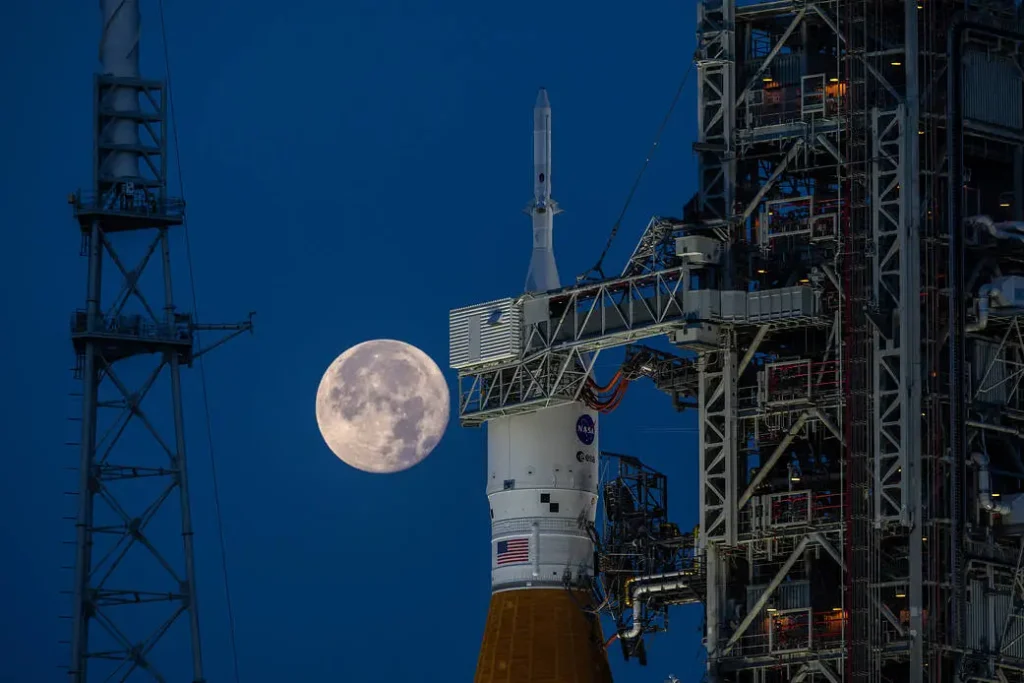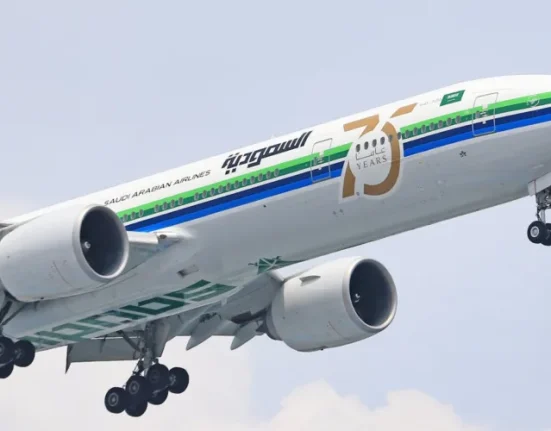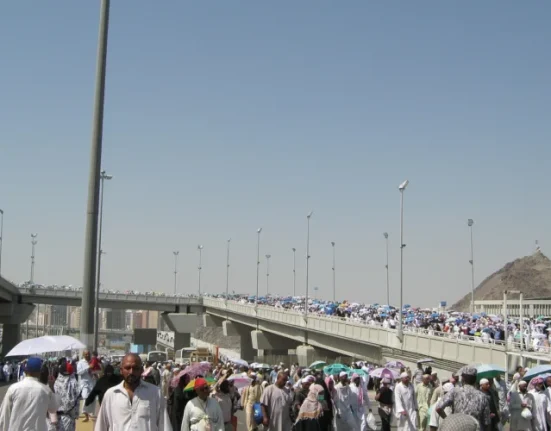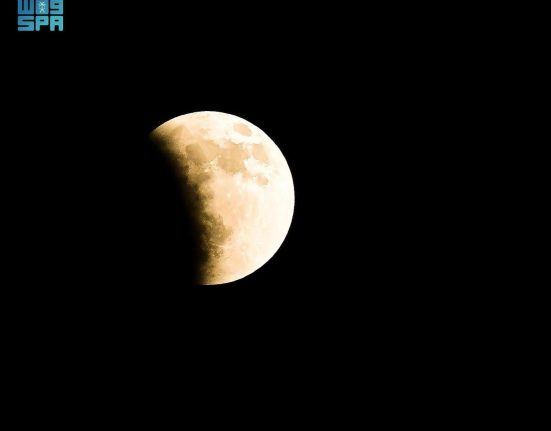In a fresh stride for global space collaboration, the National Aeronautics and Space Administration (NASA) has confirmed that it will fly a Saudi Arabian CubeSat aboard the upcoming Artemis II mission, marking a significant milestone in international cooperation in space exploration.
The CubeSat, a miniature satellite developed by the Saudi Space Agency, is set to ride on the Artemis II test flight—NASA’s first crewed mission around the Moon in over 50 years. The mission, scheduled for launch no earlier than September 2025, is the second in NASA’s Artemis program, which aims to return humans to the lunar surface and establish a long-term presence.

According to NASA officials, the inclusion of Saudi Arabia’s CubeSat is part of a broader push to democratize space exploration and foster strategic partnerships beyond traditional spacefaring nations. The compact satellite is expected to perform scientific experiments and relay critical data back to Earth during its lunar voyage.
This collaboration reflects growing interest in space technologies by countries in the Middle East, with Saudi Arabia accelerating its investment in space science, satellite technology, and intergovernmental research initiatives. The move follows the Kingdom’s Vision 2030 agenda, which prioritizes technological innovation, diversification, and global scientific contribution.
Artemis II will carry four astronauts—three Americans and one Canadian—on a roughly 10-day journey around the Moon without landing. The mission will test life-support systems and communication frameworks in preparation for Artemis III, which aims to land humans on the lunar surface as early as 2026.
The Saudi CubeSat joins a growing list of secondary payloads integrated into NASA’s deep-space missions, which include instruments from Japan, Italy, and the European Space Agency. These small, cost-effective satellites are increasingly vital for carrying out precision experiments, Earth observation, and space environment monitoring.
Observers see this partnership as a reflection of the changing dynamics in space exploration, where cooperation and shared innovation are replacing the era of isolated national programs.
For NASA, the partnership enhances diplomatic ties and scientific collaboration. For Saudi Arabia, it represents a giant leap into the elite club of nations with a direct stake in lunar science.
The Artemis initiative, backed by countries like Canada, Japan, the UK, and now Saudi Arabia, is setting the stage for the most ambitious human space exploration programme since the Apollo era.
As the countdown to Artemis II continues, the world watches closely—not just for the return of astronauts to the Moon, but for the powerful message that space, once a domain for the few, is now being shaped by a community of forward-thinking nations.







